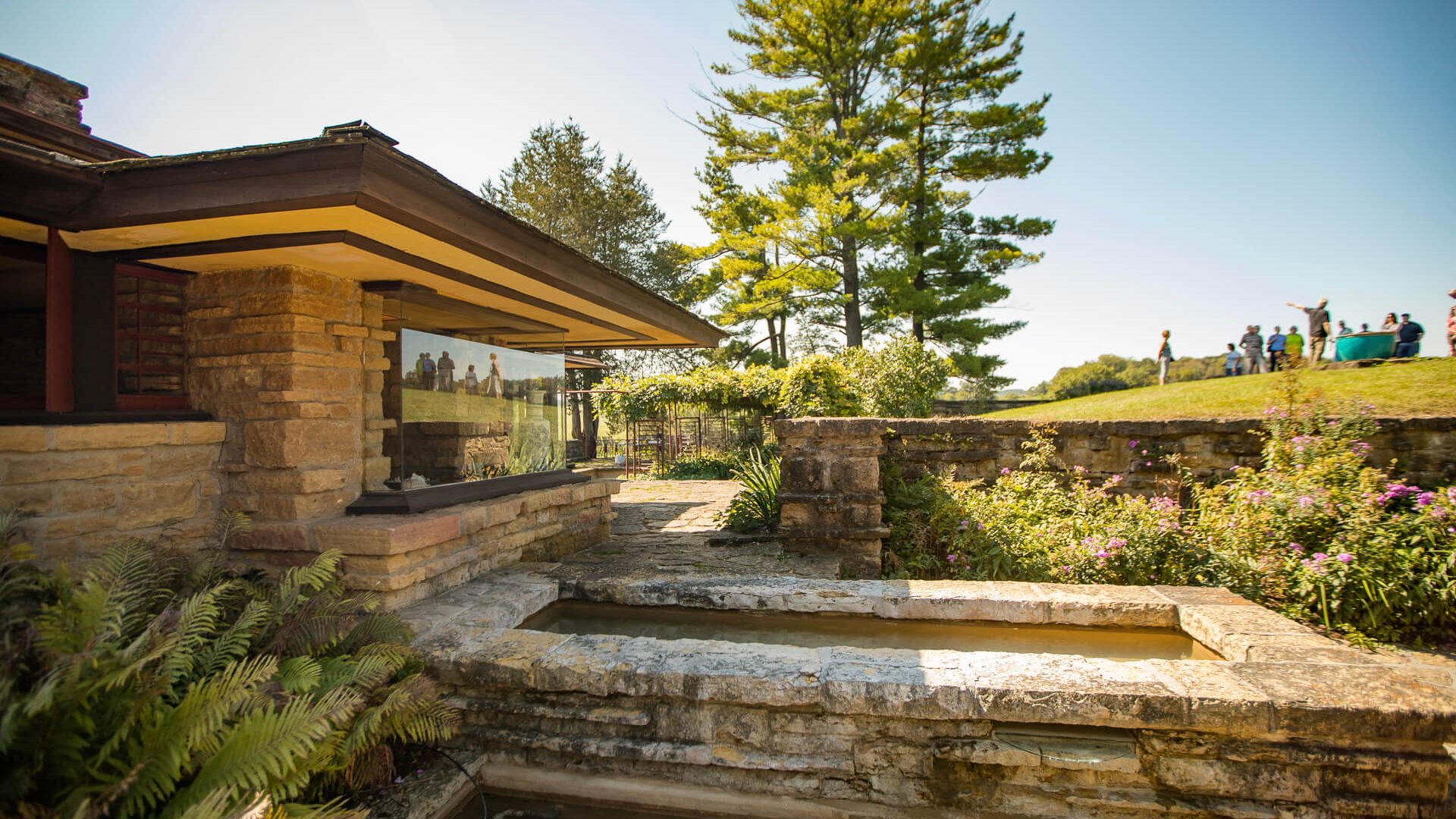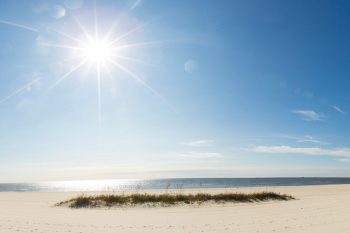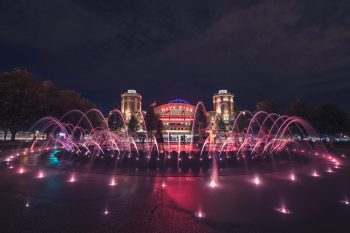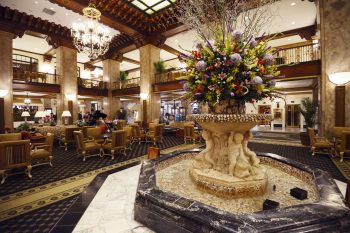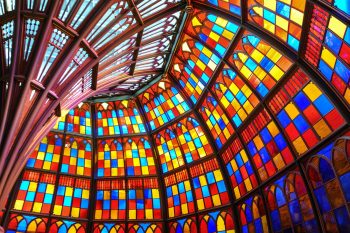American architectural icon Frank Lloyd Wright was born and raised in rural Wisconsin, attended the University of Wisconsin and apprenticed and later opened his own Chicago firm, so it’s no surprise that many of his most notable works can be found in Wisconsin and Illinois.
Each of these states has its own Frank Lloyd Wright Trail that takes architecture enthusiasts on a tour of some of his most famous structures, including his Oak Park home and studio and Taliesin, his rural Wisconsin estate.
In 2019, several sites along the Wisconsin and Illinois Frank Lloyd Wright trails were also named UNESCO World Heritage Sites.
Frank Lloyd Wright Trail in Wisconsin
- S.C. Johnson Administrative Complex, Racine (1936, 1943): Global headquarters of household cleaning products
- Wingspread, Wind Point (built 1937)*: family estate of H.F. Johnson Jr., leader of S.C. Johnson Company
- Burnham homes, Milwaukee (built 1915-16): American System-Built Homes constructed in the 1910s on Milwaukee’s south side
- Monona Terrace Community and Convention Center, Madison (designed 1959, completed 1997): Lakefront convention center built based on Wright’s plans
- First Unitarian Society Meeting House, Madison (1951): Hailed as one of the world’s most innovative examples of church architecture
- Taliesin, Spring Green (1911, rebuilt 1914 and 1925)*: 800-acre (324 hectare) estate overlooking the Wisconsin River, home to Frank Lloyd Wright Visitor Center
- Wyoming Valley School, Spring Green (1956): Designed and donated by Wright in honor of his mother
- A.D. German Warehouse, Richland Center (1921): Formerly a storage facility for sugar, flour, coffee and more, it’s now home to a gift shop, theater and murals depicting Wright’s work
*UNESCO World Heritage Site
Frank Lloyd Wright Trail in Illinois
- Charnley-Persky House Museum, Chicago (1892): One of Wright’s first commissions as a young architect
- The Rookery, Chicago (1888): Wright remodeled and modernized the lobby of this early iron skyscraper in 1905
- Robie House, Chicago (1910)*: Considered the “crown jewel” of Wright’s Prairie style architecture
- Emil Bach House, Chicago (1915): Only Wright-designed property in Chicago that’s available for vacation and event rentals
- Unity Temple, Oak Park (1906-1908)*: Wright, a lifelong member of the Unitarian Church, volunteered to design a replacement for Oak Park’s previous church, which burned down in 1905
- Frank Lloyd Wright Home and Studio, Oak Park (1889): Wright’s private residence until 1909, surrounding neighborhood includes 25 Wright-designed buildings
- B. Harley Bradley House, Kankakee (1900-01): Very likely Wright’s first Prairie-style home
- Dana-Thomas House, Springfield (1902): 35 rooms span 12,000 square feet of living space; home contains world’s largest collection of site-specific art and furniture designed by Wright
- Frank L. Smith Bank Building, Dwight (1904): One of only two bank buildings designed by Wright
- Muirhead Farmhouse, Hampshire (1951-53): Only known farmhouse that Wright designed and built during his lifetime
- Laurent House, Rockford (1949): Wright designed this custom home for Kenneth Laurent, who was confined to a wheelchair after World War II
- Pettit Memorial Chapel, Belvidere (1907): Only cemetery memorial Wright ever designed
- Col. George Fayban Villa, Geneva (1907): Wright remodeled the existing farmhouse on this site, which also boasted a Japanese garden and Dutch windmill
*UNESCO World Heritage site
